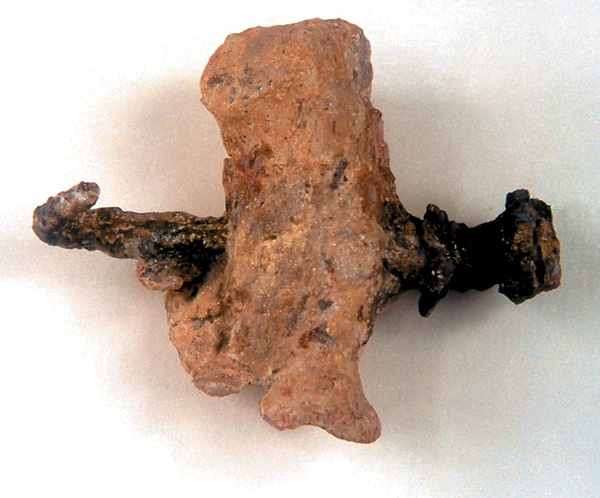Image Details

Israel Museum/P. Lanyi
The crucified ankle bone of a man named Yehohanan is the only archaeological evidence yet found of the Roman practice of crucifixion. Some scholars have claimed that because Jesus was crucified and died a criminal, he would not have received a formal burial in a grave or tomb. Jewish custom, however, permitted the burial in family tombs of those condemned to death by Roman law. The Sanhedrin, the Jewish high court, did not crucify those sentenced to death for violating Jewish law. Therefore, there was nothing about Jesus’ death that would have precluded a proper Jewish burial. Yehohanan’s ankle bone, found in an ossuary in a rock-cut family tomb in Jerusalem, provides archaeological evidence that crucifixion victims could be buried in a Jewish family tomb.
